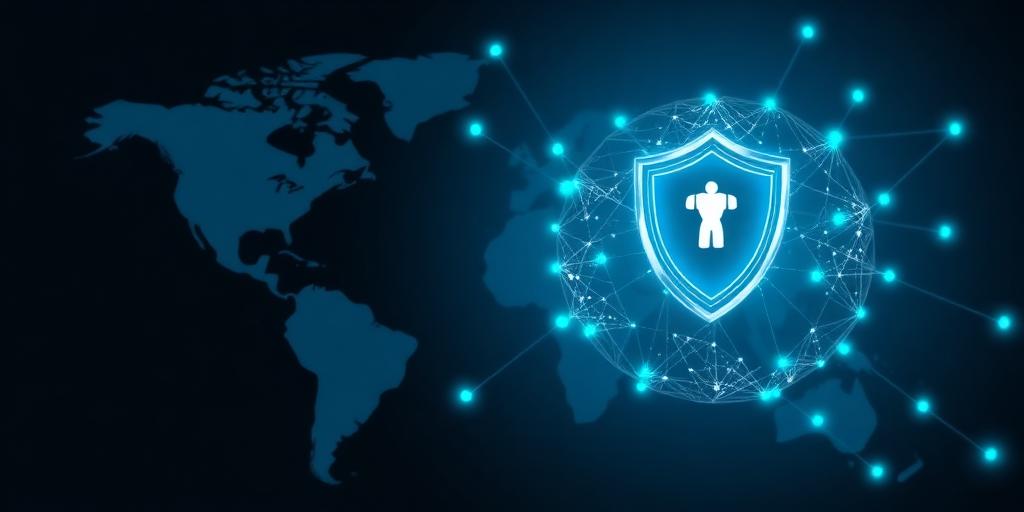Cybersecurity for International Organizations: A Comprehensive Guide
International organizations face unique cybersecurity challenges due to their global reach, diverse stakeholders, and complex operational structures. Protecting sensitive data and ensuring operational continuity requires a robust and multi-faceted cybersecurity strategy.
Understanding the Unique Risks
International organizations are prime targets for cyberattacks due to:
- Geopolitical Significance: Their work often involves sensitive political, economic, and social issues, making them attractive targets for espionage and disruption.
- Global Footprint: Operating in numerous countries with varying cybersecurity standards increases the attack surface.
- Diverse Stakeholders: Coordinating security across different cultures, languages, and technical capabilities is complex.
- Data Sensitivity: They handle vast amounts of personal data, intellectual property, and confidential communications.
Key Cybersecurity Measures
Implementing the following measures is crucial for safeguarding international organizations:
- Risk Assessment: Conduct regular risk assessments to identify vulnerabilities and potential threats. Prioritize risks based on their likelihood and impact.
- Security Policies and Procedures: Develop comprehensive security policies and procedures that align with international standards and best practices. Ensure policies are regularly reviewed and updated.
- Employee Training: Provide regular cybersecurity awareness training to all employees. Educate them about phishing attacks, social engineering, and other common threats.
- Access Control: Implement strict access control measures to limit access to sensitive data and systems. Use multi-factor authentication wherever possible.
- Network Security: Implement firewalls, intrusion detection systems, and other network security measures to protect against unauthorized access and malicious traffic.
- Data Protection: Encrypt sensitive data at rest and in transit. Implement data loss prevention (DLP) measures to prevent data leaks.
- Incident Response: Develop a comprehensive incident response plan to effectively handle security breaches. Regularly test and update the plan.
- Vendor Management: Assess the security practices of third-party vendors and ensure they meet your organization's security standards.
- Regular Audits: Conduct regular security audits to identify weaknesses and ensure compliance with security policies.
- Collaboration and Information Sharing: Share threat intelligence and best practices with other international organizations and relevant stakeholders.
Long-Tail Keyword Variations:
- Cybersecurity best practices for global NGOs
- Protecting international organizations from ransomware
- Data security for multinational non-profits
- Cybersecurity risk management in international development
- Securing communications in global organizations
Conclusion
Cybersecurity is a critical concern for international organizations. By implementing a robust and proactive cybersecurity strategy, these organizations can protect their data, maintain operational continuity, and fulfill their missions effectively.
Disclaimer: This blog post provides general information about cybersecurity for international organizations. It is not intended to be a substitute for professional advice. Consult with a cybersecurity expert for specific guidance tailored to your organization's needs.









